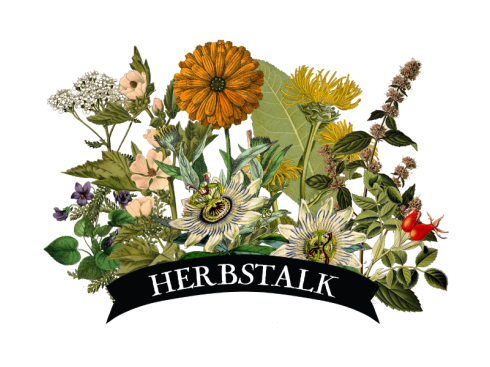|
Submitted by Felix Lufkin. Milkweed’s names in other European languages – ‘silk weed’ in German, ‘little cotton’ in Spanish, and ‘wadding herb’ in French – reveal the utility this plant once had to settlers. Her fibrous outer bark can be hand-twisted into a very strong string known as cordage. This can be doubled up into virtually unbreakable rope. Gathering and preparing cordage is easy – each stalk can make a foot or two of yarn-thick, 50+ lb.-test string. Two-ply milkweed cord can easily hold hundreds of pounds – a friend of mine once towed his truck with pinkie-thick cordage. Considering the sweat shop origins of the string we use daily, couldn’t we stand to take our relationship with local fiber sources more seriously? Milkweed fiber cordage If you’re a visual learner, check out this or a number of other videos on Youtube: Making cordage video on youtube with Chad Clifford. Gathering stalks: For cordage, harvest the dead, black milkweed stalks in the fall on a dry day after their fruits have ripened and the seeds are drifting away. Don’t wait until the winter as the weather will break down the fibers over time. Shake the seed fluff while harvesting to help spread them. If the stalks are damp, dry them before working. Tie unprocessed stalks together to store indefinitely. Milkweed seeds Processing stalks: To remove the fibers from the stalks, crack each stalk between thumb and fingers all the way along their length so the stalk can be split lengthwise, into two or more parts, using a finger. You’ll see the black, fibrous, papery outer skin, and the hard, pale, brittle inner bark. If we try to peel the fibers in strips from the inner bark, they will break into small lengths. The best way separate them is to crack the stalk, core side up, along its whole length in inch long increments with your fingers. Carefully peel each chunk of inner core out, piece by piece, yielding as long strips of fiber as possible. Processing fiber: Do as many stalks as you’d like, then gather all the fibers together and roll them in a ball back and forth (like clay) between your hands to remove the papery skin, which will flake off. This makes the cordage stronger. This fiber ball is great in tinder bundles for igniting coals. Tease the ball apart into a yarn-like length of uniform thickness, half as thick and twice as long you’d like the cordage to be – from thread sized to shoelace size. Don’t make it longer than two feet at a time or it will tangle. Roll this yarn between your hands the way you’d make a clay snake, until it’s contiguous and uniformly thick. Move a bit here and there if need be. Preparing cordage: Find the midpoint of the snake, and go a few inches to one side. Twist this between your fingers until it gets tight enough so it relaxes to a “support our troops” folded ribbon if you move your fingers together slightly. Twist the loop tight and pinch it with your non-dominant hand. Hold the string so its two halves aim outwards towards your other hand, at right angles to each other like the arms of the letter K – with a top one and a bottom one. Twisting the cordage – in three easy steps:
When you want to end, tie a knot. Keep in mind you will end up with cordage half as long as your original fibers. By doing this technique, the cordage comes out 20 times stronger than the original fibers. Doubling the cordage up (2-ply) and flipping the directions so as not to undo the original twists, will make it 400x as strong, then 8000x, and so on. You can use a lighter to quickly burn off the small fuzzy hairs if the cordage comes out ragged.  Felix Lufkin teaches nature class and wild edibles at K-12 schools, and is working to plant orchards and gardens in public places in the Pioneer Valley. He also offers an on-site butchering service and instruction in central New England. Comments are closed.
|
Archives
November 2023
Categories
All
|

 RSS Feed
RSS Feed